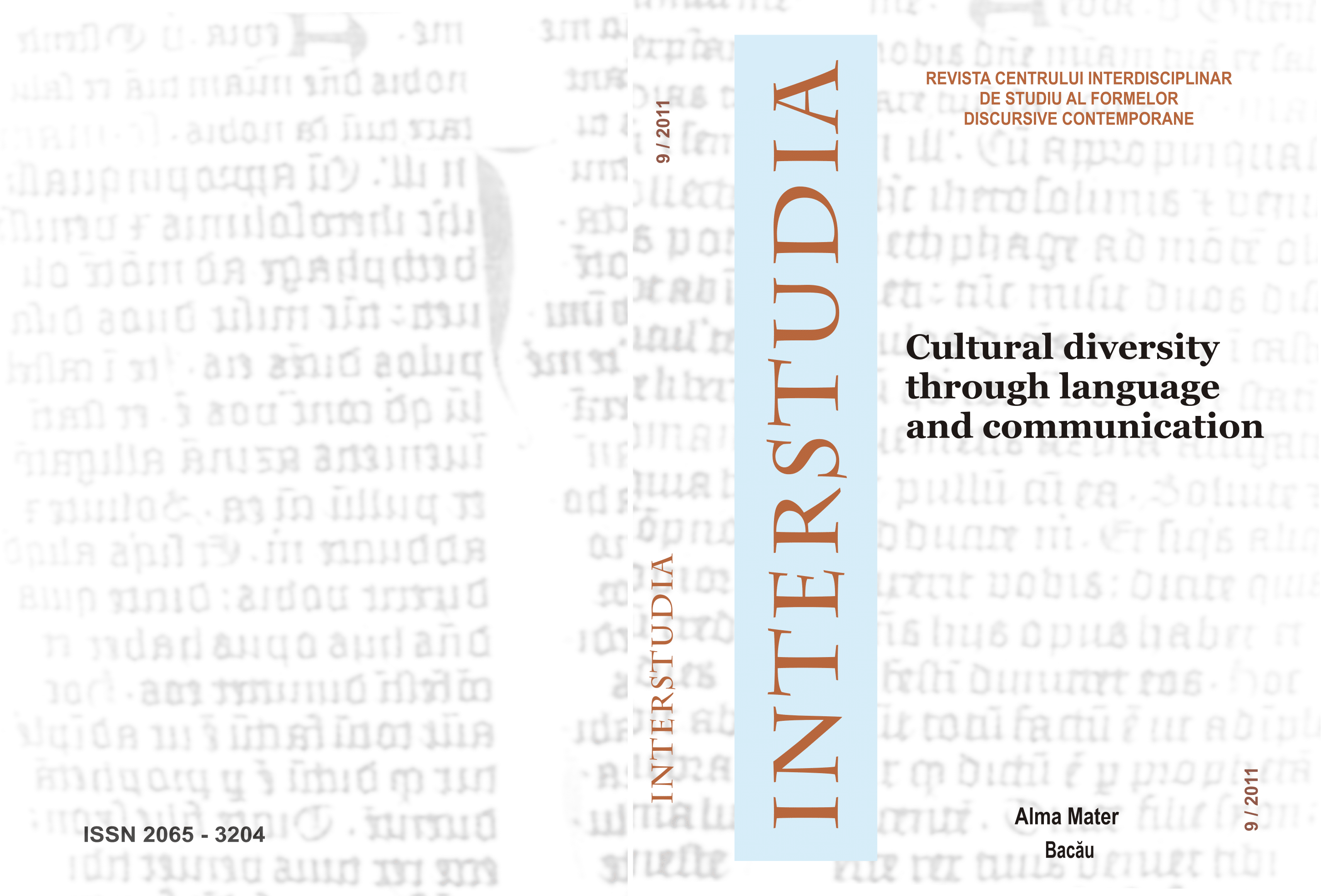Thematic roles and thematic hierarchy in English
Thematic roles and thematic hierarchy in English
Author(s): Roxana PopescuSubject(s): Cultural Essay, Political Essay, Societal Essay
Published by: Editura Alma Mater
Keywords: thematic role; thematic hierarchy; argument/functor; semantic relations
Summary/Abstract: This paper discusses the issue of the thematic role as represented by the relationship between a participant and the main verb in a clause. It deals with the semantic role as the actual role that a participant plays in real or imagined situations, besides the linguistic encoding of such situations. Generative grammars introduced the semantic relations in the 60s and early 70s in order to make a classification of the arguments of predicates in the natural language, as a closed set of participant types having a special status in grammar. T. Payne defines the semantic roles most often represented by the grammatical relations (subject, object: direct or indirect) in the natural language as: agent, experiencer, instrument, recipient, force and patient. Adverbials also bear other semantic roles. On the one hand, semantic roles should be seen as syntactic, lexical or semantic/conceptual entities and on the other hand, they should be considered as the origin of linguistic knowledge or as a notion with derivations of some aspect related to the form-meaning correspondence. However, the most common understanding is that these roles are semantic/conceptual elements. They are also known as: semantic case, theta role (in generative grammar), and deep case (in case grammar).
- Issue Year: 2011
- Issue No: 09
- Page Range: 160-169
- Page Count: 10
- Language: English
- Content File-PDF

